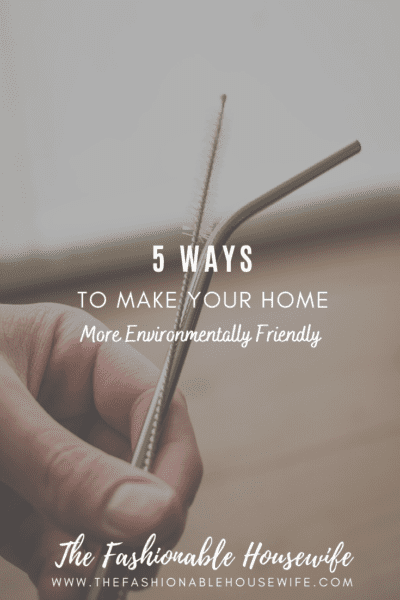
As the climate crisis continues, more of us are trying to find ways to be greener. This conscientious shift affects how we go about our daily lives and extends into the home.
In the past, using a recycling bin was all you needed to do to feel like an eco-warrior and live a greener lifestyle. These days, you need to get creative to make an environmentally friendly home!
Luckily, there are multiple ways for you to earn some extra eco-points. We’ve compiled some of the easiest but potentially most significant changes you can make to your home-habits to do your bit for the environment.
1. Re-Consider Your Daily Grooming Habits
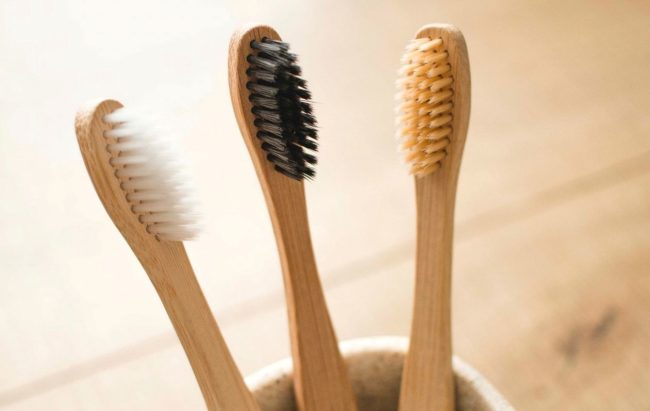
Many of the products we use daily contribute to a significant amount of waste and contamination—and it’s unnecessary.
Many of the items we use for hygiene either contain harmful plastics or other chemicals. By using more eco-friendly products, you can make a significant impact on sustainability.
This change to your daily lifestyle can vary. It can be as simple as swapping your plastic straws for reusable stainless steel ones or using specific products, such as eco-friendly toothpaste. Every little bit helps make an environmentally friendly home a reality.
2. Give Your Clothes Dryer a Rest
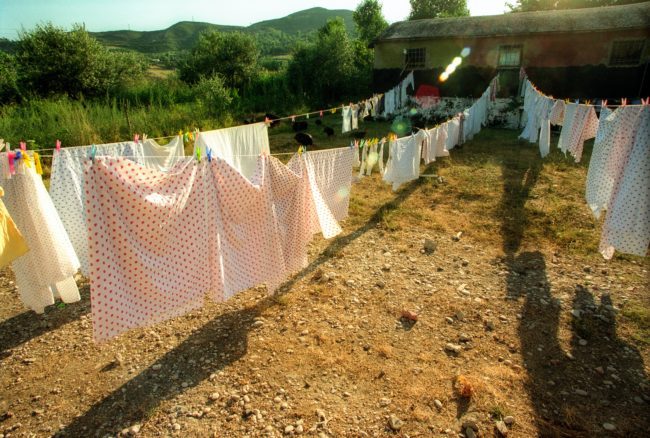
A considerable amount of electricity goes on running a clothes dryer, and while it’s convenient, it may be doing more damage to the environment than you realize.
During the summer months, there’s no requirement for your freshly washed clothes to go straight into the dryer. Instead, consider hanging your clothes on the line and allowing them to air dry.
If you live in an apartment or otherwise don’t have the room for a clothesline, no worries! You can hang your clothes on a drying rack in front of a window and get the same results. This small step is actually a big leap towards having an environmentally friendly home.
An added benefit? Your clothes will last longer when dried this way, as they don’t sustain any heat damage.
3. Be Smarter About Water
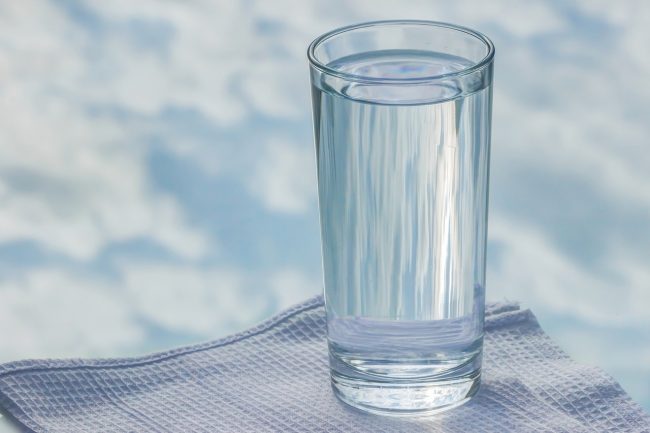
Do you keep the tap running the entire time you’re brushing your teeth? Maybe you put your washing machine on for three or four items. Both are pretty significant wastes of water that are entirely avoidable.
Turn the tap off when you aren’t wetting your brush and bulk laundry loads together to avoid unnecessary cycles!
Also, consider having showers instead of baths. They use far less water and can be just as relaxing.
Also, perhaps the most obvious when it comes to water: don’t use plastic water bottles. Plastic is environmental enemy number one, and using a reusable water bottle is a big help towards having an environmentally friendly home.
4. Swap Your Regular Lightbulbs for Energy Efficient Ones

One of your most used electrical appliances is one you probably take for granted: your lighting.
Usually, when we talk about energy usage, we consider our televisions, computers, or other such devices. While these are important, lights can often go overlooked.
You can make a significant difference in how much energy you waste year on year by merely changing the kind of lightbulb you use.
Energy-efficient LED light bulbs have been around a long time, which has made room for plenty of innovations. This minor change ultimately means you won’t even notice a difference and yet will make an environmentally friendly home.
5. Up Your Insulation Game
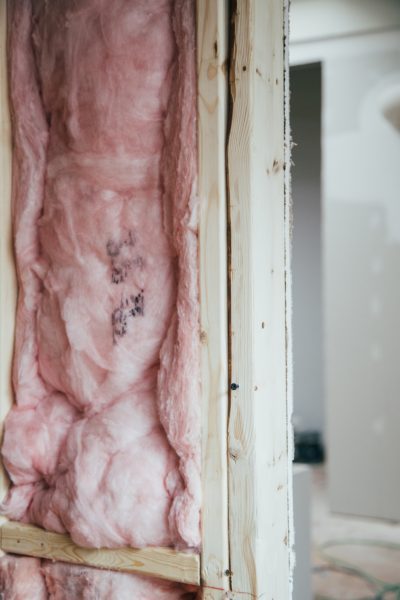
Besides lighting, heating is another amenity that takes up an awful lot of energy, especially in the winter.
Cranking up your heating seems like the best way to stay warm, but if you aren’t sufficiently insulated, you might just be wasting energy (and money!).
Insulation helps to keep the heat your home generates inside where it belongs. You can keep your heating on for a much shorter amount of time and still feel all the benefits.
You can install insulation within the walls, your attic, etc. You also can include extra glazing on your windows. It all helps make for an environmentally friendly home!
Final Thoughts
However you decide to upgrade to an environmentally friendly home, remember that every bit helps. Not only will you be helping to create a greener world, but you’ll also likely save a lot of money in the long-term!



